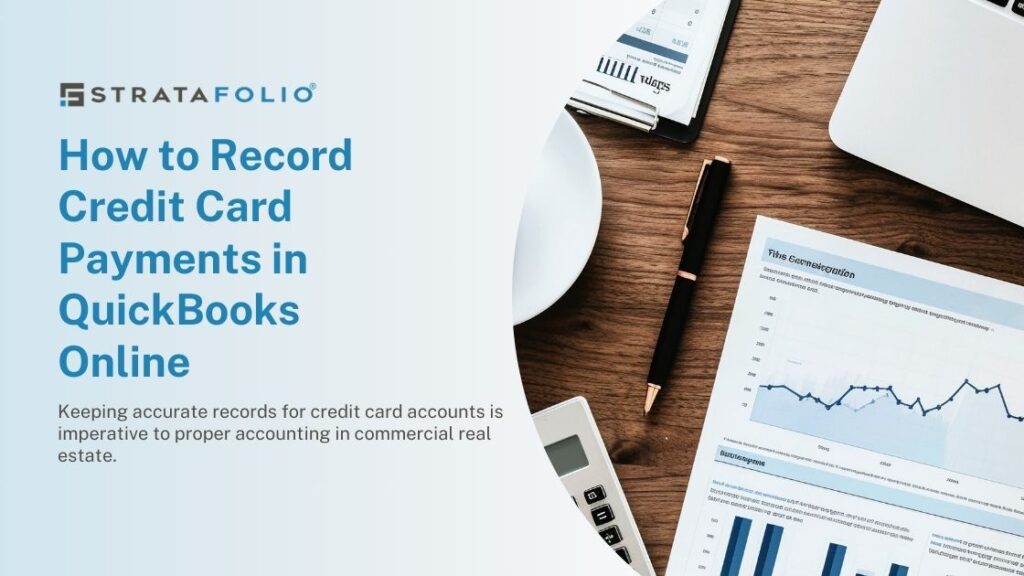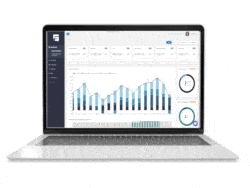As a commercial real estate owner, you face the challenge of handling many leases at a time. It’s easy to lose, mix up, or forget crucial details when you’re juggling so much information. Without strong lease tracking tools, problems are inevitable. But what are the real costs of poor lease tracking?
In this article, we’ll explore some of the biggest mistakes that commercial real estate owners make without good lease tracking systems. Then, we’ll explore solutions to help you stay on top of your leases and unlock your business’s potential.
Why Lease Tracking is Critical for CRE Owners
Successful commercial real estate owners know that a good lease tracking system is a must. When starting out, you may have just a few tenants, making it possible to manually manage their leases. But as you grow, using a basic pen-and-paper or spreadsheet system keeps you limited. Adding new tenants means adding lots of new lease information, and after a certain point, it becomes impossible to keep track of everything by hand.
This setup quickly leads to mistakes as you lose details and miss dates. Read on to learn some of the most common mistakes that stem from a weak lease tracking system.
Mistake 1: Missing Lease Renewal Dates
When you rely on your own memory to keep track of all of your lease renewal dates, you’re bound to miss some. This costs you a valuable opportunity to update lease terms, increasing profitability and maintaining strong tenant relationships. A good lease tracking tool remembers these dates for you and even sends convenient reminders.
Mistake 2: Overlooking Lease Escalations
Lease escalations are a critical part of commercial real estate ownership. They ensure that you remain profitable even as inflation rises and market rates change. However, many owners simply forget to escalate without reminders from a lease tracking tool. This simple mistake results in high, hidden costs for many businesses.
Mistake 3: Miscalculating Common Area Maintenance (CAM) Charges
Calculating CAM charges is always a challenge, but it becomes nearly impossible without exact details from the lease. You need to know the tenant’s square footage to figure out their pro-rata share and if they negotiated for any exemptions. You also need to know about any CAM caps. A strong commercial property management software brings all of this data together in one place, allowing for fast and accurate CAM reconciliation. Incorrect CAM calculations quickly lose tenant trust.
Mistake 4: Losing Track of Tenant Improvement Allowances
Without a clear record, it’s difficult for you and your tenants to know what the lease allows. This can lead to owners shutting down tenant improvement projects needlessly and creating unnecessary tension. On the other hand, owners could accidentally approve projects that the lease forbids. One example could be significant customization that makes it hard to re-lease a space after a tenant leaves.
Mistake 5: Failure to Document Lease Amendments
Paper records and spreadsheets make adding lease amendments a tedious task that requires hunting down each version of the agreement. This inefficient process often results in outdated leases or inconsistent copies.
If disputes arise in the future, inaccuracies muddy the waters and make it difficult to understand the issue or reach a fair resolution.
Mistake 6: Poor Data Accuracy and Recordkeeping
In a similar way, outdated lease tracking systems prevent you from easy, accurate recordkeeping. Especially with large numbers of tenants, there’s no easy way to manually update certificate of insurance (COI) requirements, CAM charges, CAM caps, lease escalation rates, exceptions and allowances for each individual tenant, and more. Lots of data invites human error, blurring your paper trails and making analysis uncertain.
Mistake 7: Missing Critical Legal Compliance Dates
As with lease renewals, it’s difficult to remember legal compliance dates for multiple leases yourself. Here, though, the consequences could be even greater, leading to unwanted audits or other legal action
Mistake 8: Lack of Visibility into Portfolio-wide Lease Obligations
Managing each lease separately keeps you from noticing trends and responding to them. For example, owners might not notice that they have multiple leases scheduled to end around the same time, leaving them vulnerable to low occupancy rates.
Benefits of Adopting Lease Tracking Tools
Thankfully, mistakes like these are avoidable. When you use tools like STRATAFOLIO that are designed to track commercial leases, you can easily keep up with renewals and escalations, make accurate CAM calculations, keep your records updated, and spot patterns across your portfolio. The best commercial property management tools will integrate with an accounting platform like QuickBooks to save you from having to manually update data across platforms.
You’ll also be able to save time along the way. A good property management software tracks many of these key details automatically and notifies you when your attention is needed. This means that you can spend your valuable time focusing on growing your commercial real estate business, not hunting through leases.
STRATAFOLIO’s Lease Tracking Solution
STRATAFOLIO commercial property management software allows you to keep all your leases in one convenient location. Easily find important terms, dates, and details without having to dig through a stack of papers or a messy spreadsheet. Receive automated notifications for big deadlines like lease escalations to stay one step ahead. Two-way integration with QuickBooks Desktop and Online keeps all your data updated across the board, preventing mistakes and miscommunications.
Find out more about how STRATAFOLIO makes lease tracking worry-free. Schedule a 1:1 demo today.






